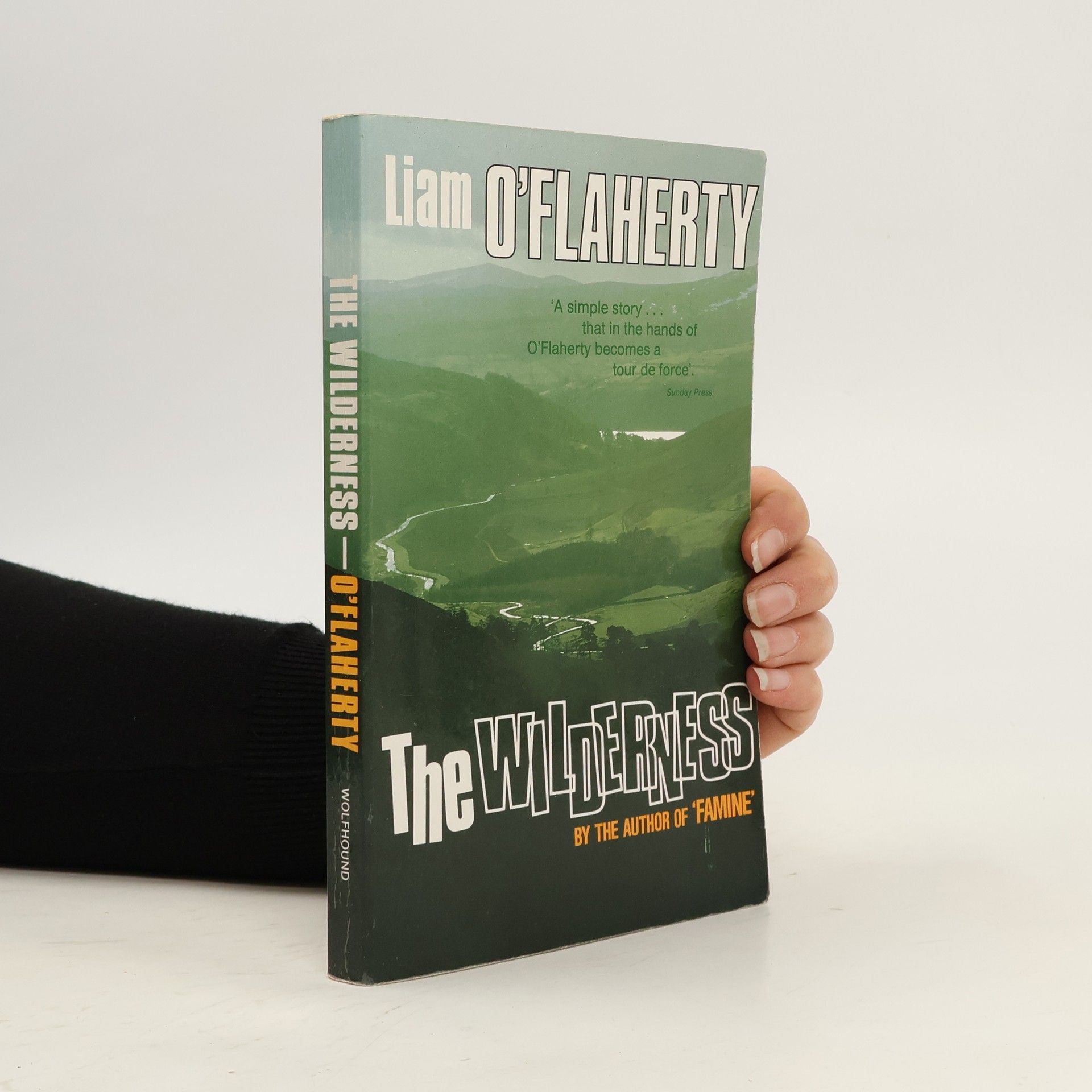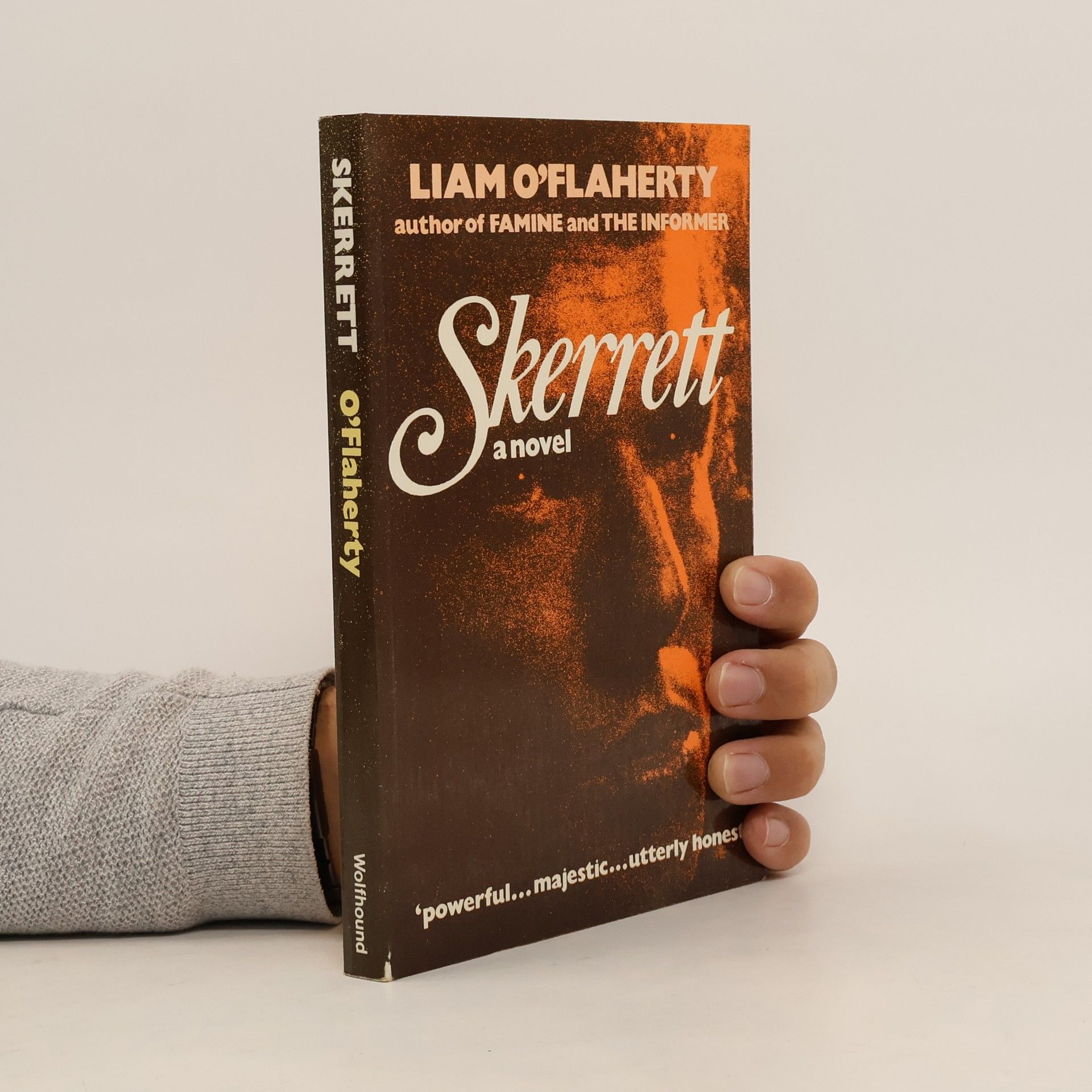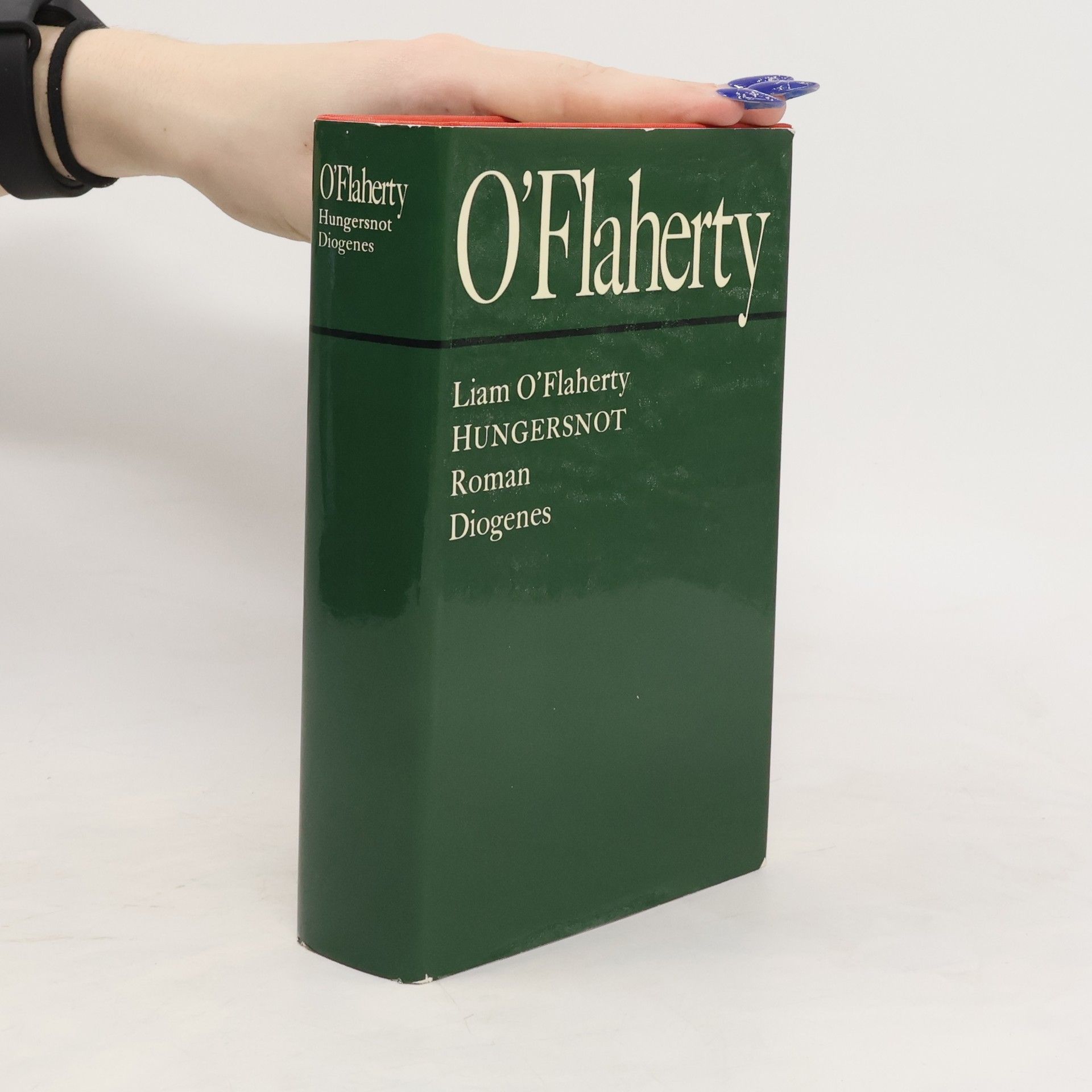By the author of The Wilderness and The Black Soul. This collection of short stories reveals a range of human emotions in the setting of rural Ireland.
Liam O. Flaherty Books
Liam O'Flaherty was a significant Irish novelist and short story writer, a pivotal figure in the Irish literary renaissance. His work is celebrated for its unflinching realism and social commentary, capturing the raw spirit of Irish life.


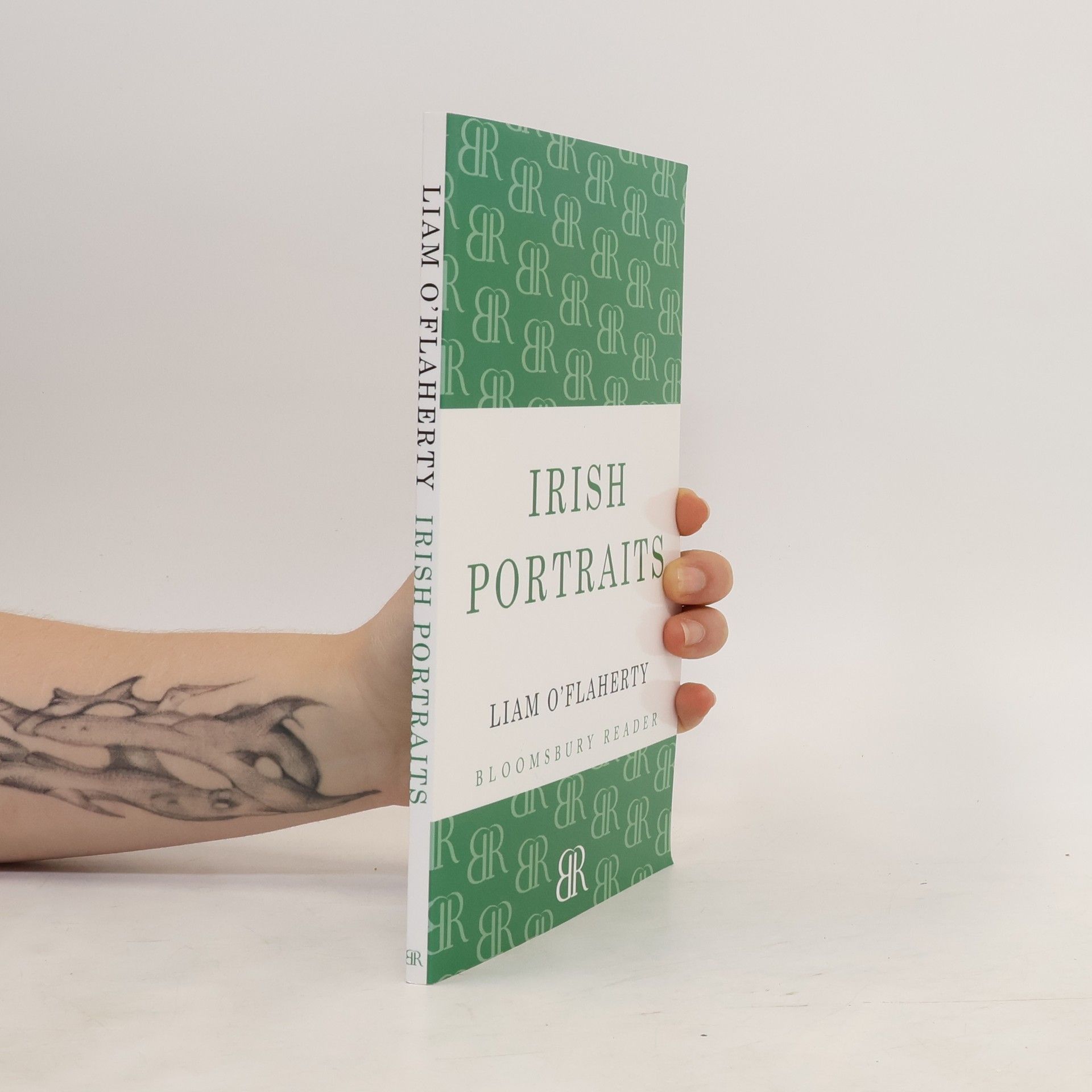
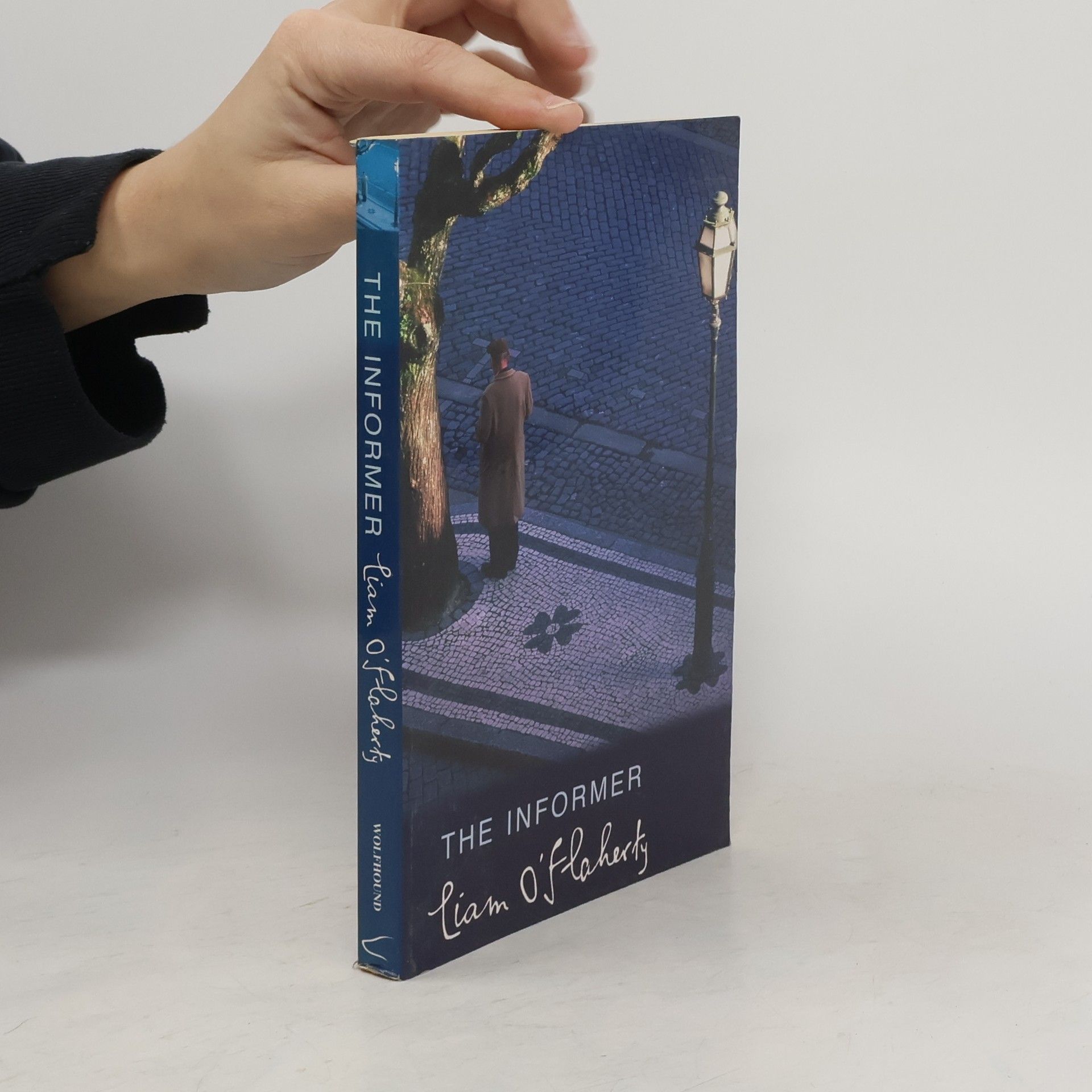
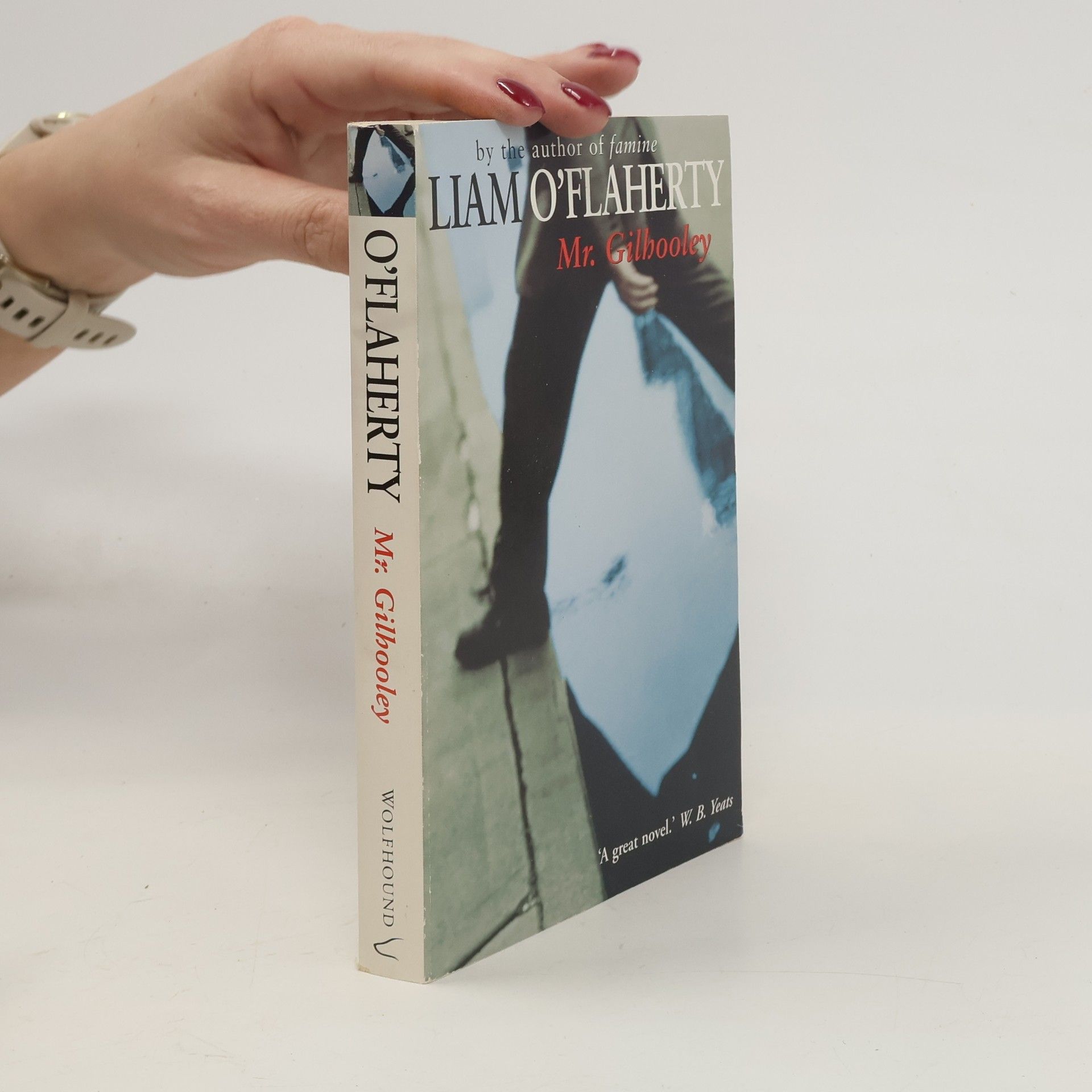
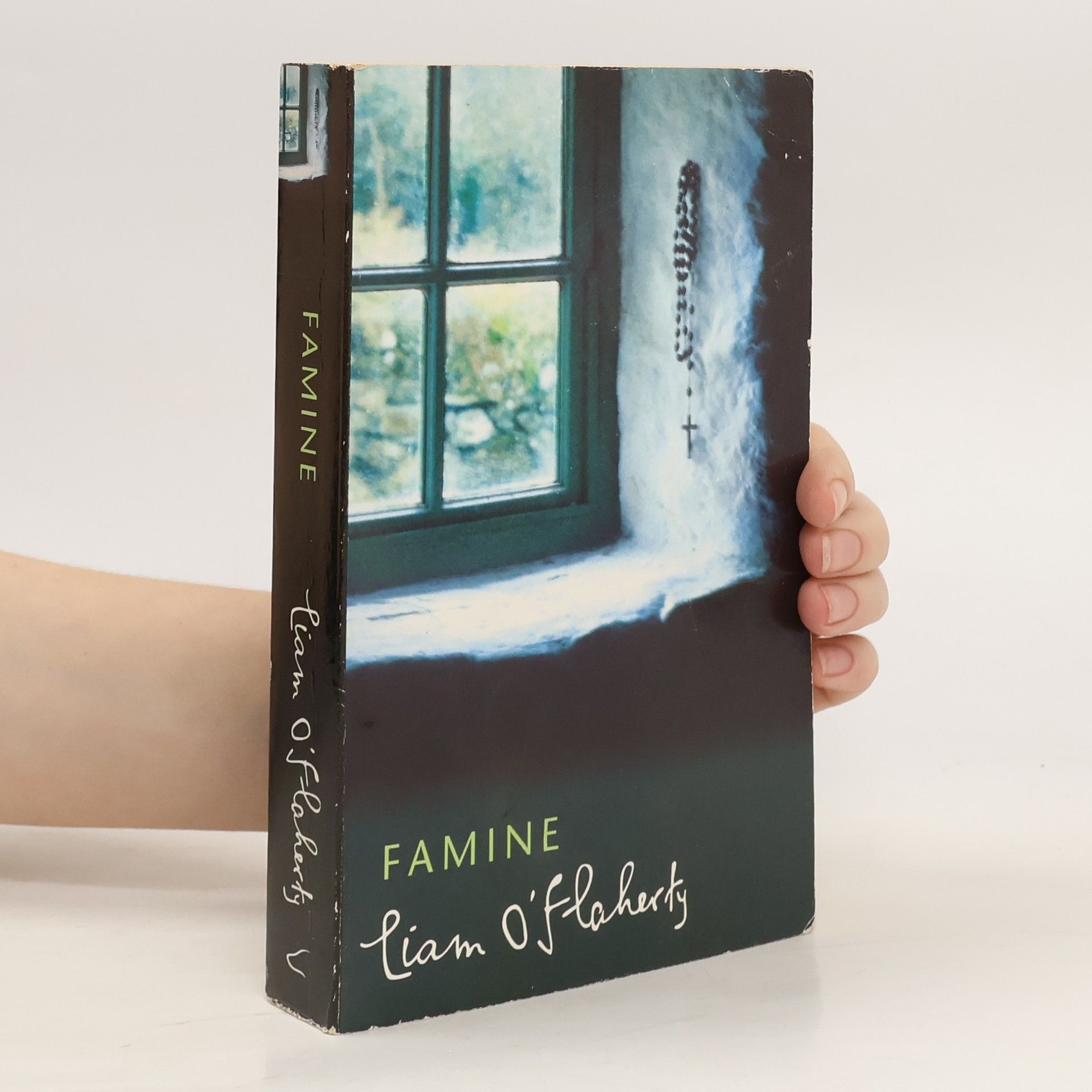

Famine
- 448 pages
- 16 hours of reading
Set in the period of the Great Famine of the 1840s, Famine is the story of three generations of the Kilmartin family. It is a masterly historical novel, rich in language, character, and plot--a panoramic story of passion, tragedy, and resilience.
Mr. Gilhooley
- 288 pages
- 11 hours of reading
Forty-nine-year-old Mr Gilhooley is living two the one drinking in the pubs of Dublin, the other desperate and lonely, longing for love. A chance encounter with the innocent and yet destructive Nelly starts a chain of compelling, dark and menacing events.This is the underworld of 1920's Dublin. Death, violence, sex, religion and love entwine and weave paths in this visually rich and passionate tragic-comedy.Mr Gilhooley rivalled the fame of Joyce's Ulysses when it was first published, and was reviewed by W.B. Yeats as "a great novel."
The Informer
- 217 pages
- 8 hours of reading
Gypo, an ex-policeman, who takes blood money for betraying his friend and comrade, is a force from whom neither friend nor comrade is safe. Set in 1920's Ireland, this story portrays the Dublin underworld and inspired the classic John Ford film.
From vicious rival brothers to desperate single mothers, frisky newlyweds to frigid life partners, Patrick McGinley covers all kinds of Irish (or simply human) relationship in this collection of short stories. In fourteen stories, some brief glimpses of an hour in the life, some longer explorations of years of growing animosity, McGinley explores the ties that bind us: the bond of family, unbreakable even when we wish it severed; the financial and emotional connections we make with our neighbours and colleagues; even the brief and tenuous link between a con artist and his prey. In turns hilarious and heart-wrenching, sweet and savage, Irish Portraits gives the reader a first-hand look at the lives of its characters, a handful of countrymen with one thing in common: their humanity.
Thy Neighbour's Wife
- 290 pages
- 11 hours of reading
Set in rural Ireland in 1910, the narrative intertwines themes of love, religion, and patriotism, reflecting the societal influences of the time. The characters navigate their relationships against a backdrop of deep-rooted beliefs and national pride, exploring how these elements shape their lives and interactions.
The Assassin
- 242 pages
- 9 hours of reading
Set in 1924, the story follows Michael McDare, an Irish rebel interned in England who escapes to the United States. Over three years, he meticulously plans a political assassination, gathering funds and refining his strategy. Upon returning to Dublin in disguise, he enlists a group of former allies from the Irish republican cause to aid in his mission, highlighting themes of loyalty, rebellion, and the quest for justice.
Henry Lawless is a young mystic visionary who retreats into a quiet valley to pursue a spiritual odyssey. Shortly after his arrival, the superficial peace that cloaked this glen is disturbed by his presence and activities. --This text refers to an out of print or unavailable edition of this title.
